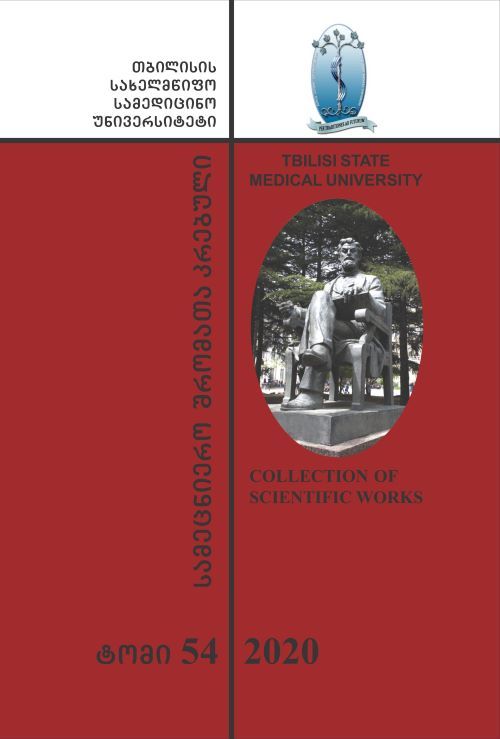Abstract
In regenerative medicine, plants may be used as an alternative transplantation source. There is plenty of structural similarity between the vegetative and animal tissues and similarly to the human blood vessels, the plant fibers may be used as nutrient carriers. In tissue engineering, a decellularized plant may become a unique, multifunctional medical device, a plant matrix, the so-called scaffold. The performed studies resulted in the optimal composition of plant decellularization agents. It was determined that the duration of the process significantly depends on the morphological, anatomic and histological peculiarities of the plant.The biopharmaceutical studies proved that the absorption method is the most appropriate for plant decellularization for it shortens the process and is easier to perform than the perfusion. Employment of the 0.1% methylene blue made it evident that the decellularization technology does not affect the integrity and conductivity of the matrix fibers. On the grounds of the biopharmaceutical studies, we provided the plant matrix made up of the silver bionanoparticles. The properties of the silver bionanoparticles in the matrix were studied by the transmission electron microscope. The size of silver bionanoparticles is 1000 nm. and those are distributed across the matrix. We studied the silver separation dynamics from the nanodesigned plant matrix and determined that 70% of silver was separated after 12h exposition of the matrix.
References
Ржеусский С. Э. Валидация спектрофотоме¬трической методики количественного определения наночастиц серебра в водных растворах// Вестник фармации.-2019-Nl.-C. 21-25.
Vacanti J. Tissue engineering and regenerative medicine: from first principles to state of the art. Journal of Pediatric Surgery. 2010;45(2):291294.
Guyette J, et al. Bioengineering Human Myocardium on Native Extracellular Matrix. Circulation Research. 2016;118(1):5672.
Modulevsky D, Cuerrier C, Pelling A. Biocompatibility of Subcutaneously Implanted Plant-Derived Cellulose Biomaterials. PLoS One. 2016;11(6):e0157894.
Gershlak J, et al. Crossing kingdoms: Using decellularized plants as perfusable tissue engineering scaffolds. Biomaterials. 2017;125:1322.
